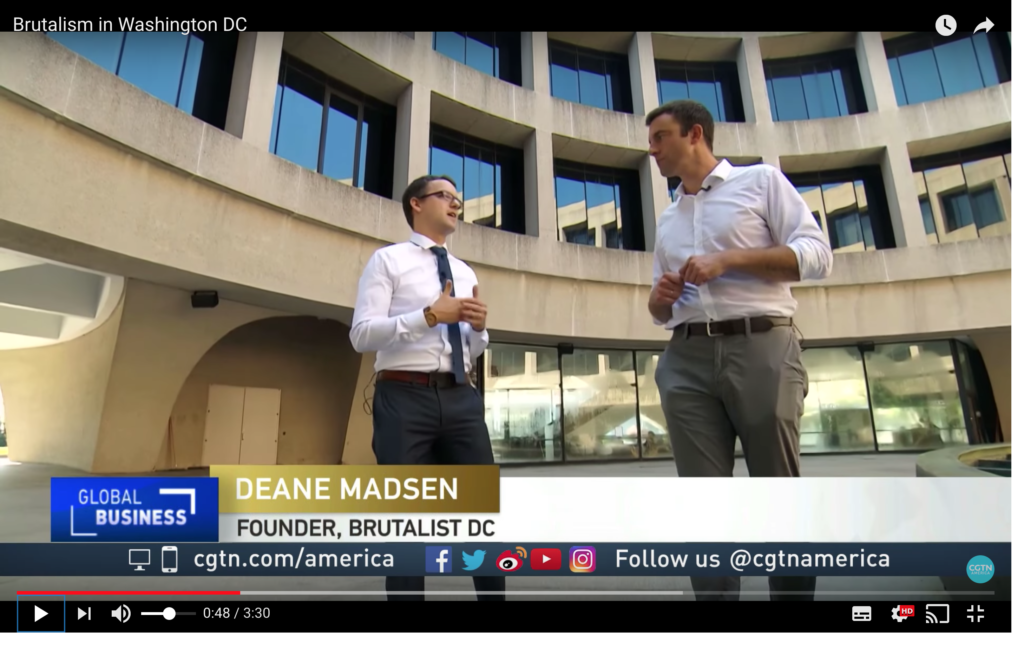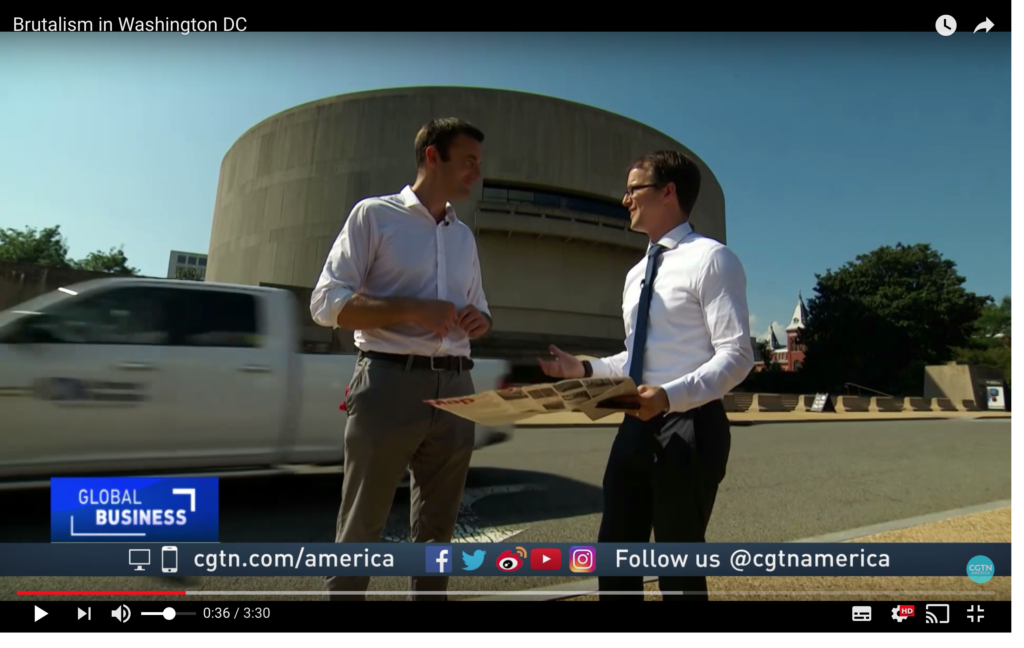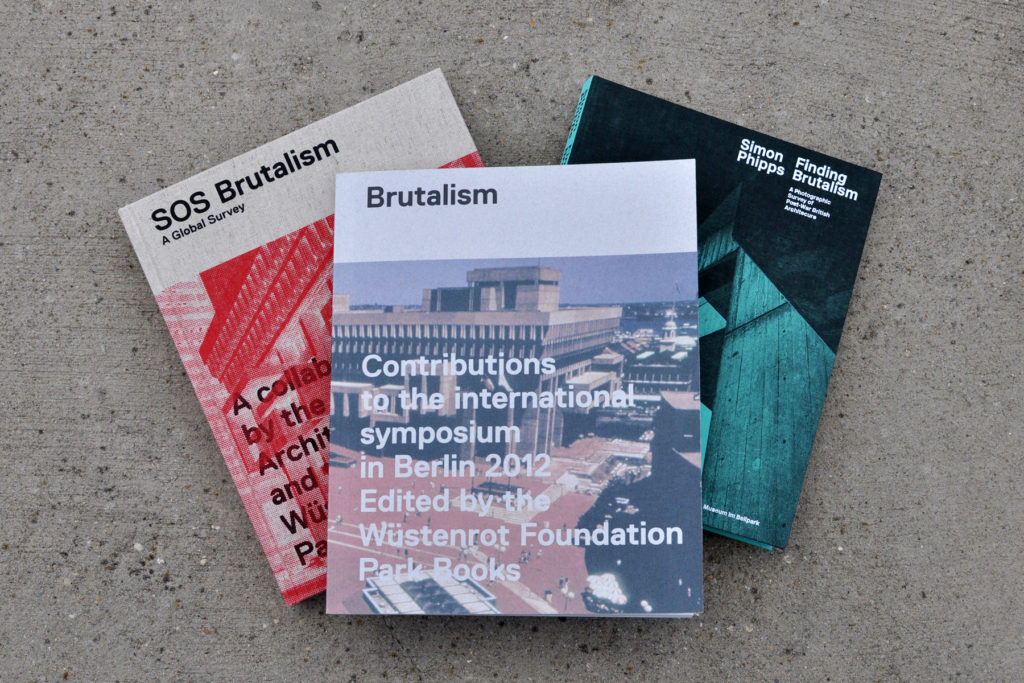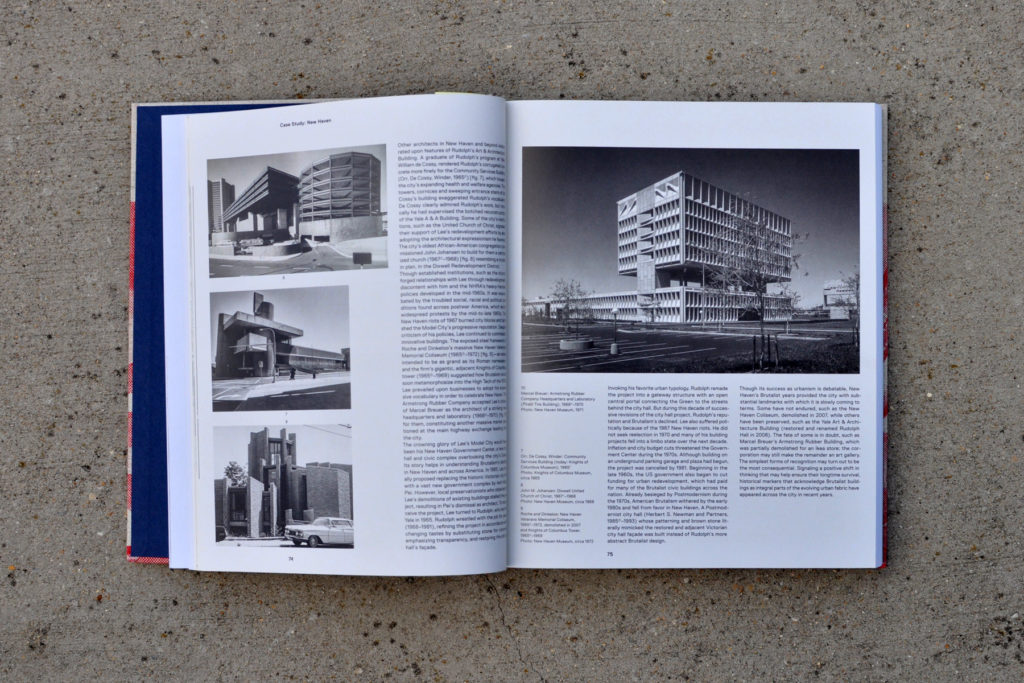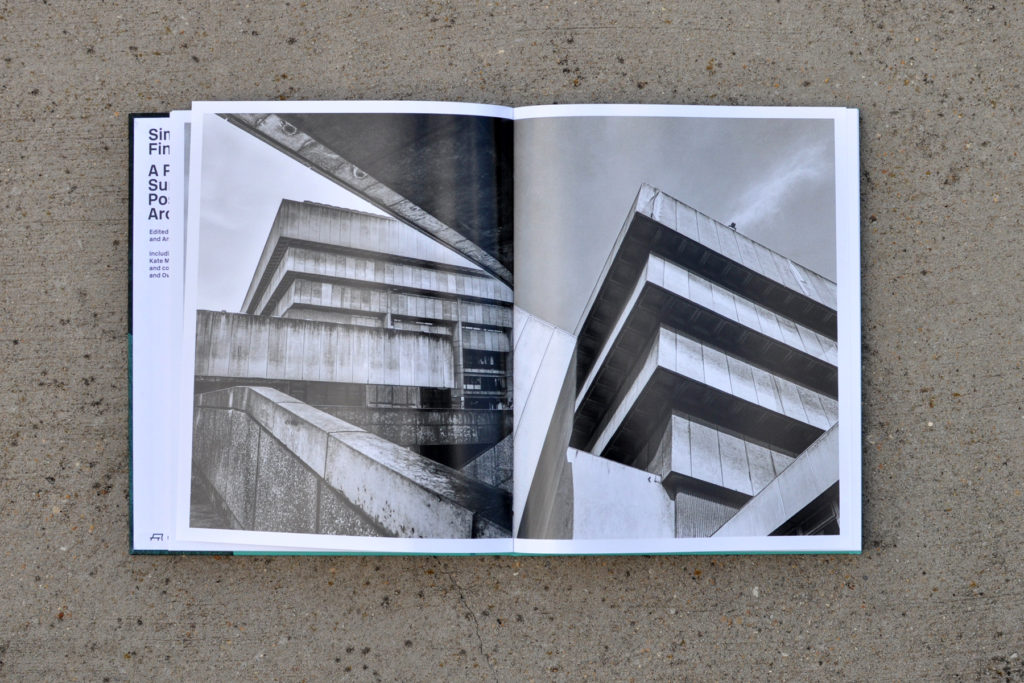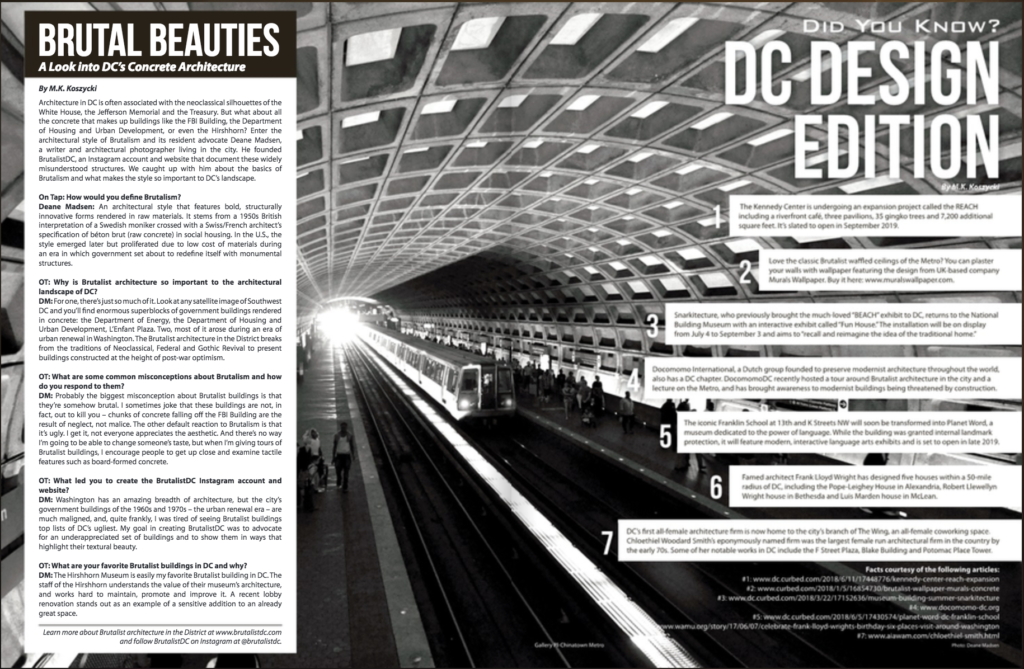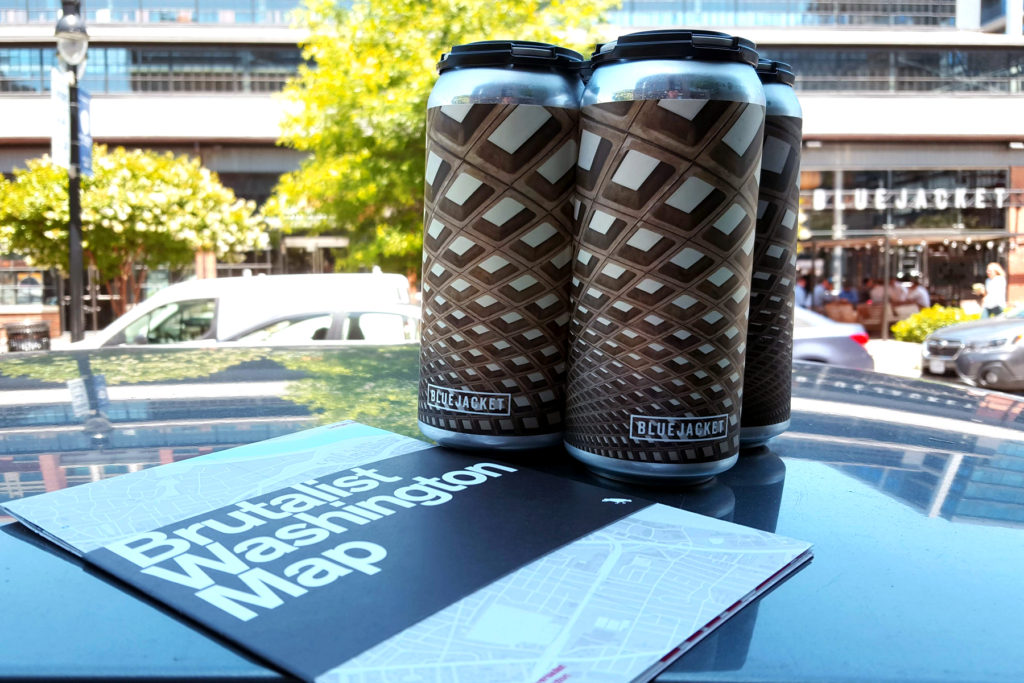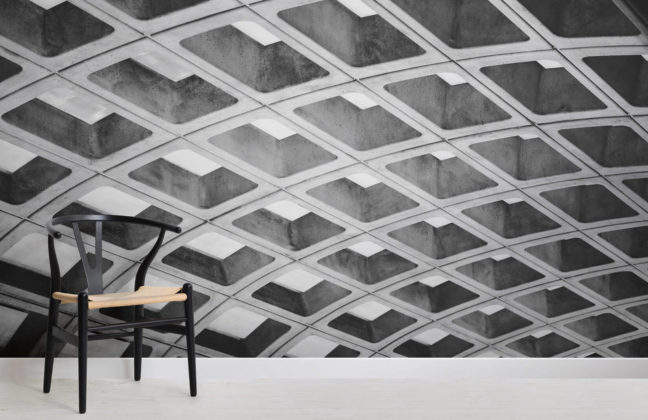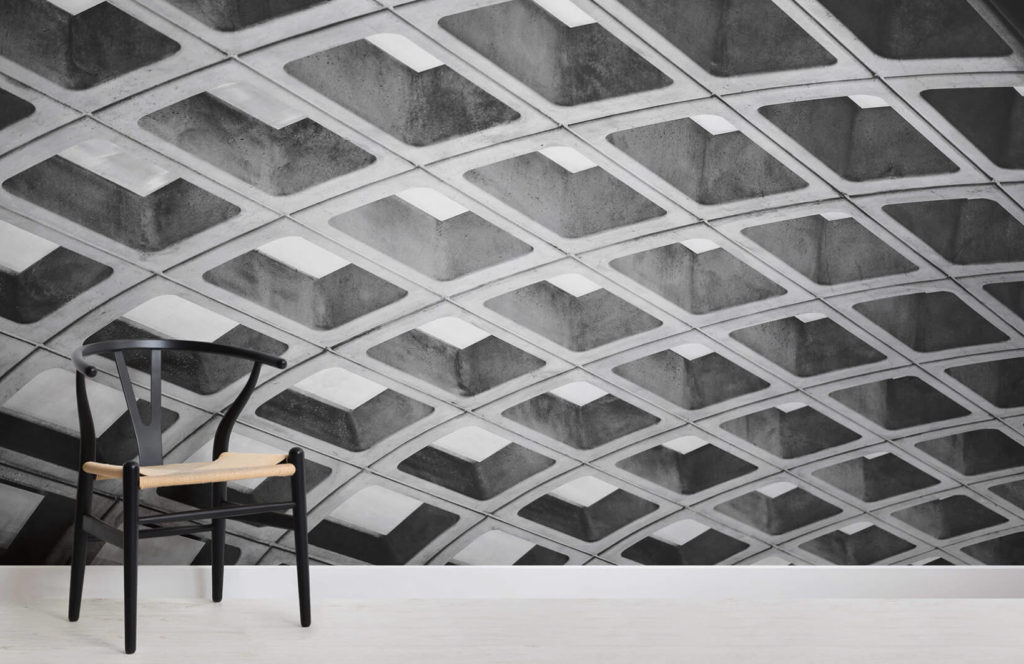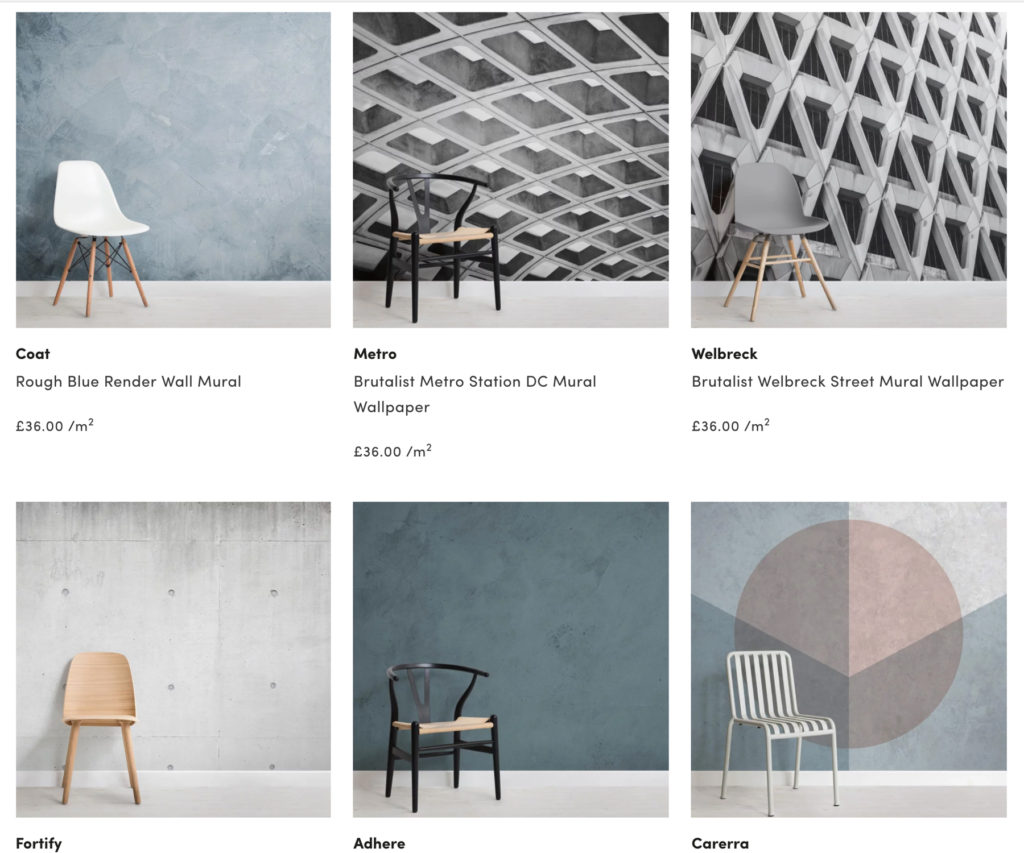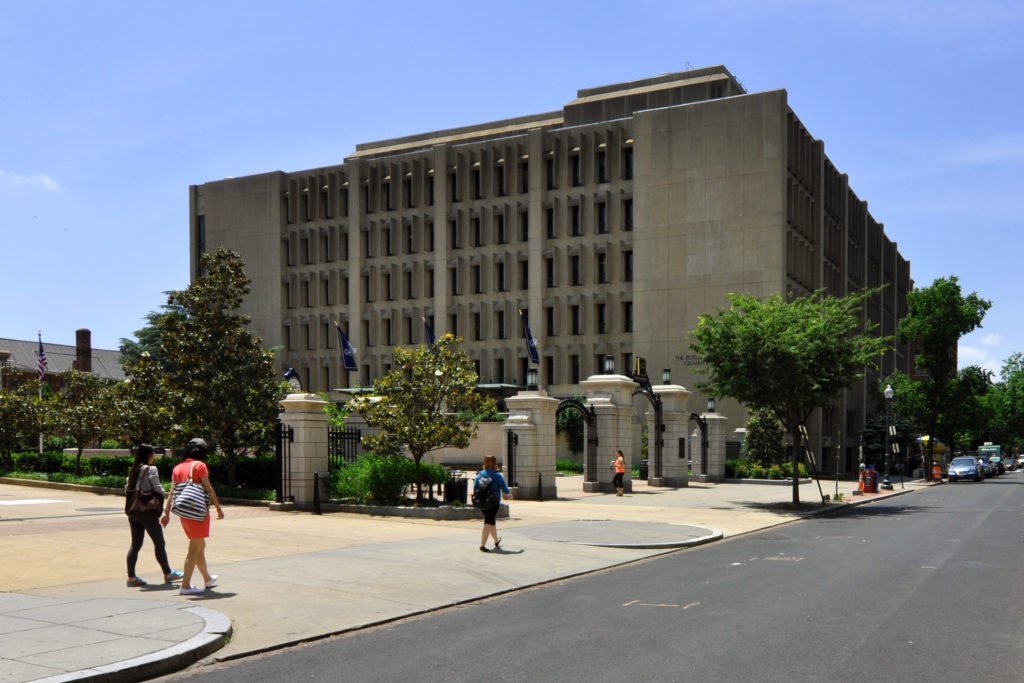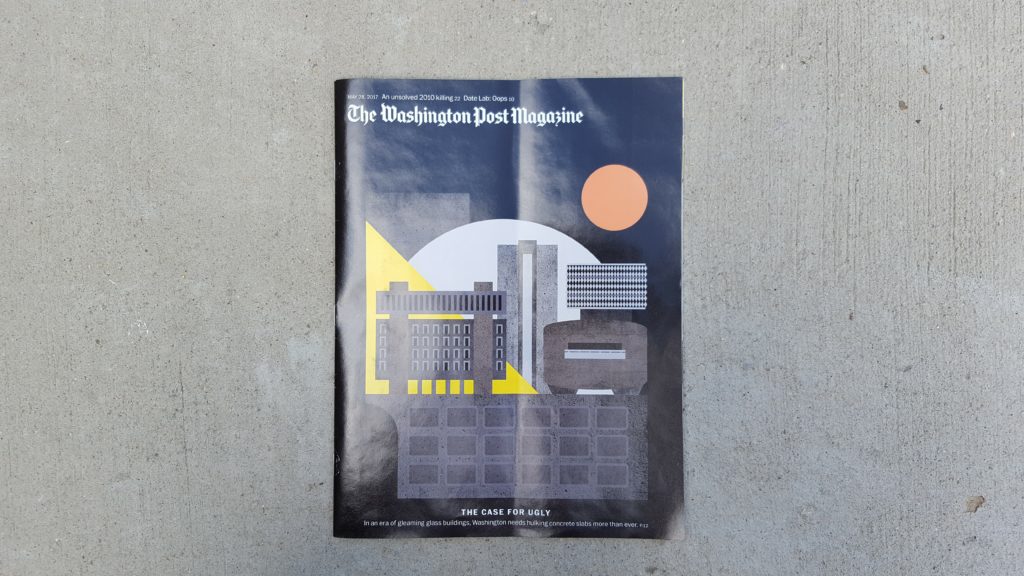Hofstra University’s Axinn Library, designed by Warner, Burns, Toan & Lunde, turns 50 this year. Hofstra will commemorate the occasion with a symposium on Brutalism, to be held November 1, 2017.
“The Axinn Library building, along with its revolutionary partner, the Unispan, unites the campus as a hub for the academic experience,” said Sarah McCleskey, Head of Resource and Collection Services, in a release from Hofstra University. “The towers of North Campus are connected physically and symbolically with the academic buildings of South Campus. The library stands in the center, an imposing concrete structure designed to house information and foster learning.”
The symposium will be free and open to the public, but advance registration is required. The full schedule for the symposium is below:
9:45-10 a.m. Welcome and introductions with Neil H. Donahue, Ph.D., vice provost for undergraduate academic affairs; and Howard Graves, director of library and information services.
10-10:15 a.m. Historical background on The Axinn Library, led by Geri Solomon, assistant dean for special collections.
10:15-10:45 a.m. A look back with Professor Herb Deutsch, who will reminisce on time when the library was being built.
11 a.m.-12:30 p.m. Keynote address by London-based art director and graphic designer, Peter Chadwick, who will also serve as scholar-in-residence throughout the day and teach a Master Class in the music business program. Chadwick worked at Creation Records, where he designed for chart-topping bands including Primal Scream and Spiritualized. After setting up his own studio in 1996, he masterminded campaigns for major artists including Groove Armada, Fatboy Slim, Cream and Hed Kandi. Chadwick runs the popular This Brutal House twitter account and is a champion of Brutalist architecture. His recent book This Brutal World (Phaidon, 2016) has been described as “a beautifully curated visual manifesto” for Brutalism.
1:30-2:30 p.m. Yankee Brutalism with Architectural Historian Brian Sirman, whose scholarship centers on the intersection of twentieth-century architecture and politics.
2:45-4:15 p.m. Panel with Alexandra Lange, architecture critic for Curbed; Peter Bentel, a partner in the studio of Bentel & Bentel, Architects/Planners AIA and a licensed architect; and Mark Pasnik, a founding principal of over,under, an internationally-recognized architecture and design practice. This panel will be moderated by Daniel Rubey, professor of library services at Hofstra.
https://news.hofstra.edu/2017/10/11/axinn-library-celebrates-50/
